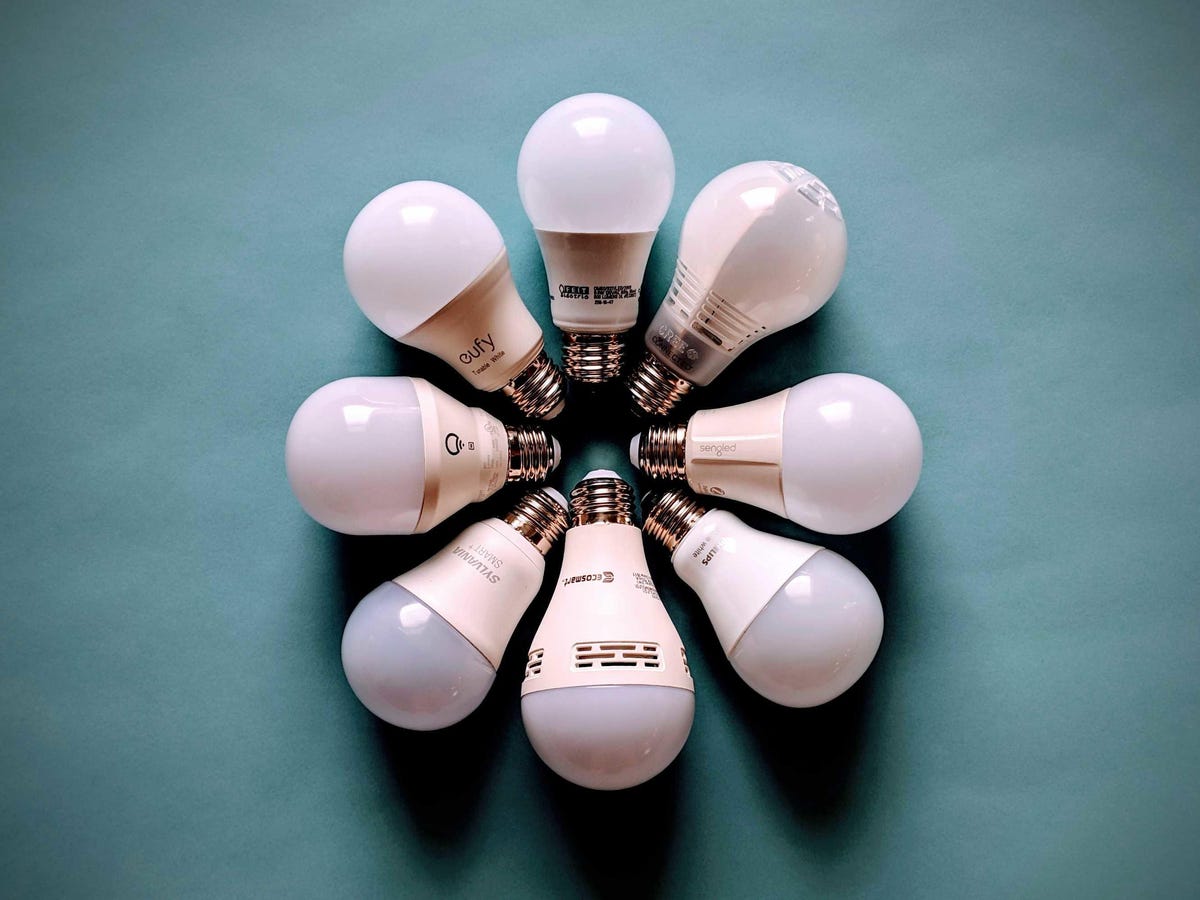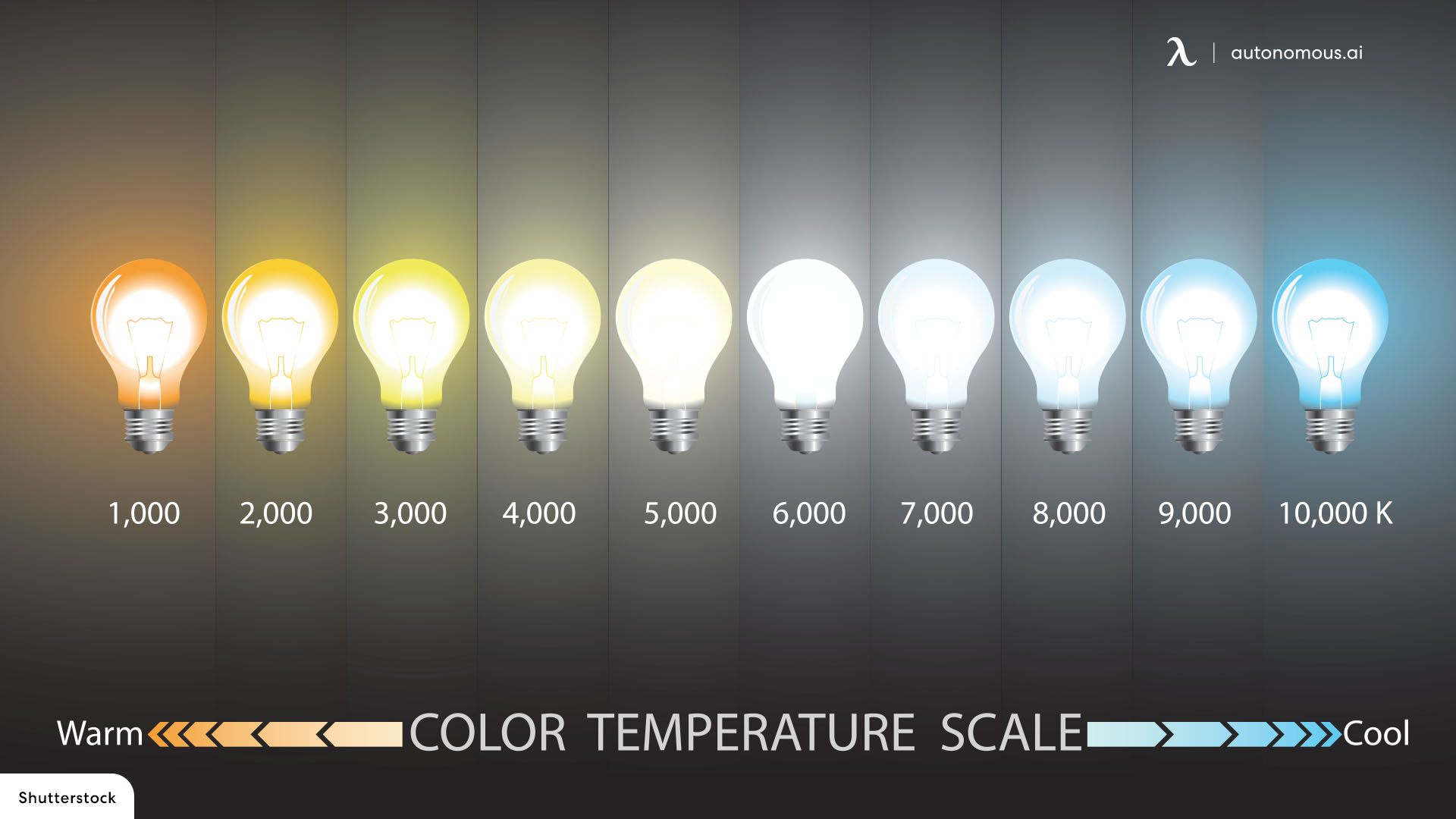Antwort Are LED lights good or bad for the environment? Weitere Antworten – Does LED lights cause light pollution
LED lights emit more blue light than regular bulbs. Blue light travels at shorter wavelengths (450 to 495 nanometers) and higher frequencies, causing air particles to oscillate faster and scatter in the atmosphere more than other colors. The blue is redirected in several different directions across the sky.No. In vast majority of the cases, LED street lights replacing the sodium lights were stronger and more powerful than their predecessors. Also their cold white color rather than the orange of sodium vapour, is from some reason that I can't remember, much more reflective into the sky, further increasing light pollution.Because of light pollution, sea turtles and birds guided by moonlight during migration get confused, lose their way, and often die. Large numbers of insects, a primary food source for birds and other animals, are drawn to artificial lights and are instantly killed upon contact with light sources.
What color temperature is light pollution : Light Pollution
The IDA recommends that when possible, color temperatures should be no more than 3000K, and many municipalities and organizations are following suit. Lower color temperatures reduce the impact on human health, wildlife, and light pollution.
What is the negative of LED lights
LED lights and our devices do contain a significant amount of blue light (but with important caveats and qualifications – see below), and the concern is that excessive use during evening hours will cause our bodies to continue the production of melanopsin, making it harder to fall asleep naturally.
Why is LED bad for the environment : LED Lights are Increasing Global Light Pollution and Harming the Environment. Artificial light disturbs the natural light/dark cycle of the world. Animals and plants evolved over millennia, responding to the natural daily transition from dark to light and back to dark again.
Cons of LED Lighting
Blue Hazard and Pollution Risk: The intensity of blue LEDs and cool-white LEDs can exceed safe blue-light hazard limits for eye safety. The cool white LED can also cause more “blue pollution” when used as outdoor lights compared to traditional lighting.
Which lighting is sustainable LEDs are efficient, long-lasting and low-maintenance, making them the ideal sustainable lighting. Because of their long service life, the replacement rate and disposal rate are lower, while fewer luminaires need to be produced.
What are some environmental impacts of LED lights
He said the type of light LEDs emit also contributes to increased brightness at night. Typically, light from incandescent bulbs produces warmer yellow and amber tones, while LEDs give off harsher white and blue tones. “That light scatters more in the atmosphere, so it contributes more to light pollution outdoors.An LED light bulb can reduce energy consumption by 80-90% and last around 100,000 hours. They even light up faster than regular bulbs (which could save your life it there are LEDs in the brake lights of your car).Europe has some of the worst light pollution on the planet. In fact, almost the entire continent is bathed in an uninterrupted nighttime skyglow.
white light
It has often been stated that cool white light sources result in greater light pollution because blue light is preferentially scattered by air molecules. Warm white light sources are preferred, it is argued, because less blue light means less sky glow.
Where should you not use LED lights : LEDs deal with heat much differently than other bulbs. They use a heat sink to draw heat away from the diodes, as excessive heat can cause the bulb to fail. This problem is exacerbated when an LED light is installed in a ventless enclosed fixture.
What are the two disadvantages of LED : Disadvantages: The LEDs performance largely depends on the ambient temperature of the thermal management properties or the operating environment also. LEDs must be supplied with a voltage which is above their threshold voltage, and current below their rating.
Are LED lights bad for the earth
LED Lights are Increasing Global Light Pollution and Harming the Environment. Artificial light disturbs the natural light/dark cycle of the world. Animals and plants evolved over millennia, responding to the natural daily transition from dark to light and back to dark again.
By switching to LED lights, you'll be able to decrease your energy usage which will significantly decrease your energy costs! LED lights also require less maintenance, so you won't be spending money on maintenance costs such as work-hours lost or shutdowns due to repairs or changing light bulbs.Which light bulb is the most energy efficient
- LED Bulbs. LED (Light Emitting Diode) bulbs are the most energy efficient lighting option available, and can therefore save you the most money on your electricity bills.
- CFL Bulbs.
- Incandescent Bulbs.
Do LED lights affect climate change : LED bulbs use approximately 70 to 80 percent less energy than traditional bulbs. This reduces the need to burn that much more coal when using LEDs. The less coal we burn, the more money we save ourselves and our energy companies.





